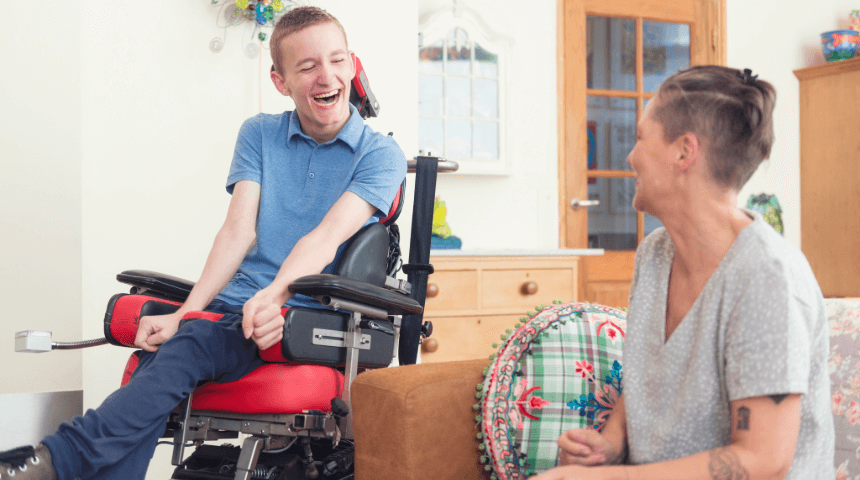Sudden dizzy spells may leave you reaching for support to avoid falling, but if these episodes pass quickly, they probably aren’t serious.
The most likely cause is an easily treated condition called benign paroxysmal positional vertigo. The name tells what it is:
- Benign means it’s not life-threatening
- Paroxysmal means sudden and usually brief
- Positional refers to a change in the position of your head
- Vertigo is a specific type of dizziness that feels like you or your surroundings are spinning. It has various causes, including BPPV.
BPPV is one of the most common disorders of the vestibular system, which is made up of small organs in the inner ear whose job is to maintain balance and spatial orientation. It affects more than 420 million adults worldwide, with about 200,000 new cases annually in the United States.
While BPPV is benign, getting an accurate diagnosis is critical to rule out other conditions that could be more serious or even life-threatening.
What Is the Vestibular System?
Your vestibular system helps you maintain your sense of balance and orientation. It consists of two otolith organs that detect linear acceleration and gravity, and three semicircular canals that detect head movement.
The complex otolith organs contain calcium carbonate crystals called otoconia. The crystals help the brain recognize when the head and body are moving as when riding in a car or in an elevator. Your brain uses this information to help you balance and stay oriented in space.
Your vestibular system works with your eyes, muscles and joints to send information to the brain that it uses to help your body remain in balance. If the vestibular system is weakened, your sense of balance and orientation in space are adversely affected, potentially leading to a fear of movement, increased risk of falls and limitations on daily activities.
What Causes BPPV?
BPPV occurs when calcium carbonate crystals become dislodged and migrate to one of the three fluid-filled canals. When you move your head – rolling over in bed, for example — the octonia and fluid in these canals shifts, causing the brief sensation of room-spinning dizziness. These episodes usually last less than a minute.
Although the mechanism isn’t fully understood, aging clearly contributes to BPPV prevalence: most cases occur in adults from 50 to 70 years old. It is also slightly more common in women. About half of all BPPV cases occur with no known cause; the rest are secondary to some other condition — head trauma, migraine, restricted blood flow or nerve inflammation, for example. Head trauma is the most common cause of secondary BPPV, accounting for 7% to 17% of cases. Other risk factors include:
- Microvascular problems
- Osteoporosis
- Hypertension
- Vitamin D deficiency
Diagnosis
If you have episodes of dizziness, you should see your health care provider both to rule out more serious causes and to treat BPPV, if that’s what you have.
Your provider will take a detailed history and conduct a medical exam, which is likely to include the diagnostic Dix-Hallpike maneuver, in which you will be rapidly moved from a sitting to lying position with the head at a 45-degree angle. Your provider will watch for specific eye movements that indicate BPPV and often help locate the canal in which the errant crystals are lodged.
BPPV is best treated by a vestibular physical therapist, who is trained to treat dizziness. At the first visit, you likely will receive a vestibular evaluation, which includes examining eye and head movement, gait and balance. Based on that exam, your PT will create a personalized treatment plan, usually involving specific repositioning maneuvers. While you may find some of those demonstrated on social media, a specialist will be better able to assess where the problem is located.
You could be cured in as little as one treatment, although in some cases, more than one treatment may be required to effectively treat BPPV. It is important to follow up with your therapist in the week following treatment to ensure the crystals are back in place.
Choose to Stay in Touch
Sign up to receive the latest health news and trends, wellness & prevention tips, and much more from Orlando Health.
Sign Up





